You painted it! Now how do you protect painted furniture?
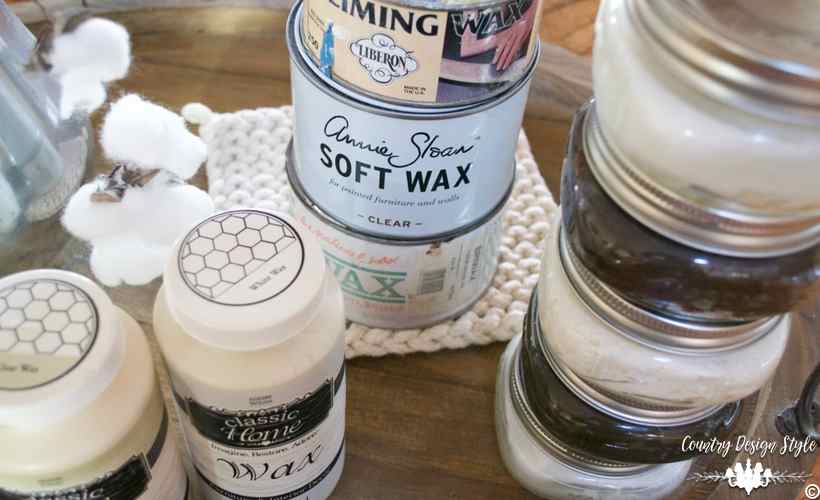 You got it done. You painted the thrift store table. It took three times longer than expected, you only have two drops on the garage floor, and the dog has Venetian blue on one paw. But the table is stunning! Now, how do you protect the finish?
You got it done. You painted the thrift store table. It took three times longer than expected, you only have two drops on the garage floor, and the dog has Venetian blue on one paw. But the table is stunning! Now, how do you protect the finish?
Type of paint used it the first clue as to the protective finish. The second clue is how the furniture will be used.
How to protect painted furniture
This post contains some affiliate links. Click here to read my full disclosure policy.
Chalk, milk and flat latex paint
These types of paints give you the most options in finishes. The paint will allow the wax to absorb into the surface. Water-based polyacrylics will adhere well to the flat sheen paint.
What is a paste wax used for?
Wax adds a barrier coating on wood painted furniture. Waxes are best used in low use areas. So if that table you just painted is a dining room table, the wax may not be enough. Your hot cup of coffee could melt the wax.
Environmentally friendly waxes
There are waxes that are beeswax and/or carnauba wax. Their protective quality does not compare to polyurethane or varnishes.
Hardware store NOT so environmentally friendly waxes
Or stinky waxes! Okay, can I have a moment here and say, “I love Briwax.” I used it for years and yes it smells but it does provide a hard dry sheen. I always have dark and clear on hand. I’ve used it over chalk-based and milk paints.
Brand waxes
The chalk-based and milk paint companies have their own version of soft paste waxes that work well with their products. I have mixed brands of paint with different brands of wax with no issues. When I’m asked which wax I like best, so far my answer is AS soft wax in clear. My least favorite waxes are liquid. That’s my personal opinion.
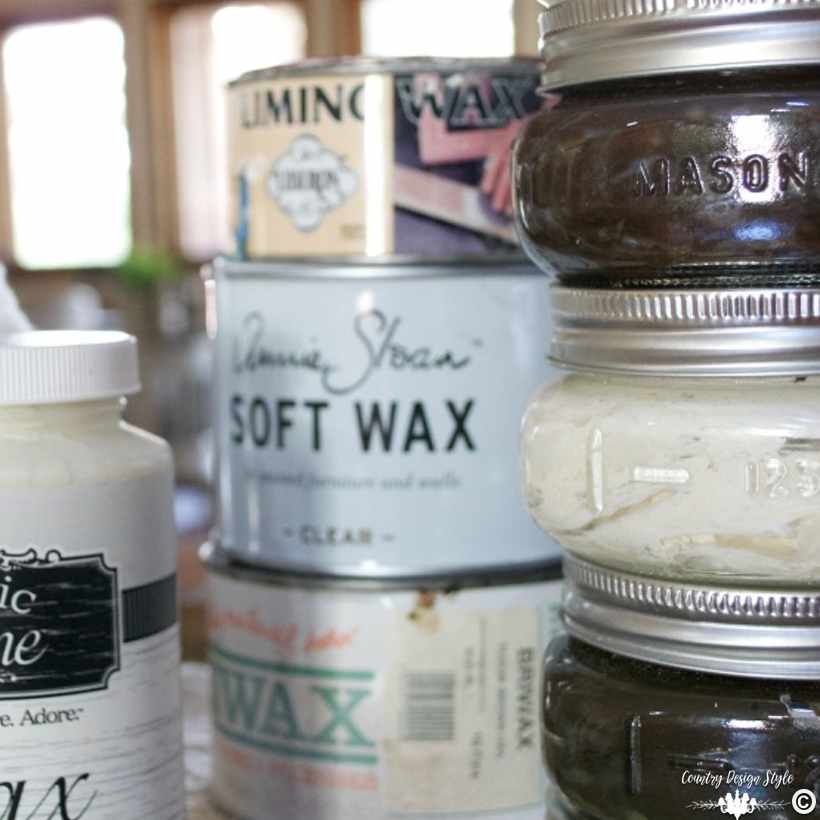
Homemade wax
My second favorite paste wax is my homemade wax! The first time I created a wax was to use as a resist. I mixed beeswax with paint tint in raw umber. It’s in the top mason jar above. You can see the steps I make to make homemade wax here.
Liming Wax
A reader wanted to know more about liming wax. Liming wax is white. The wax creates a pickling {white washed} effect on wood or paint. The liming wax I order years ago is in the photo above, plus I created homemade liming wax. Liming wax isn’t a protective or barrier coating for furniture. It’s an aging wax. Although I do remember making a small cabinet for a client and used the liming wax all over. Let the wax dry and buffed like crazy. I was beautiful.
How do you apply paste wax?
Apply wax with a soft cloth or wax brush. Tip: Cut a chip brush bristle down halfway for an inexpensive wax brush. I apply in circular motions. But you can apply to any movement. Even across the grain.
How long does wax take to dry?
Wax take anywhere from 10 to 30 minutes to dry. The weather and room conditions can affect drying times. The wax will have a slightly hazy look when dry. When the wax is dry, buff to a sheen. Old tea towels and t-shirts are perfect for applying and buffing wax.
Additional Wax Tips
- Wax will change the color of your paint slightly, but the color will be richer.
- Use dark waxes carefully, it could make your table look dirty.
- Dark wax works beautifully on black paint.
Polyacrylics
Polyacrylics are water-based sealers. They have different sheens and come in spray or cans. A water-based sealer is perfect for your table if you plan to use it for a dining table. The finish will hold up to cleaning and your coffee cup.
Additional Polyacrylics Tips
- Some polyacrylics will yellow over time. Make sure to read the label for non-yellowing.
- Apply two light coats with a synthetic brush. Let the finish dry well and sand with fine grit sandpaper between coats.
- If using a spray, apply two light coats. Let dry well and sand with fine grit sandpaper between coats.
My personal favorite polyacrylic is a spray.

What is it about dogs and paint? Ours have always like to help paint…and they aren’t good at it!!

Join the newsletter

Subscribe to get our DIY HelpLetter each Thursday. Plus grab your Interior Decorating Ideas e-book.

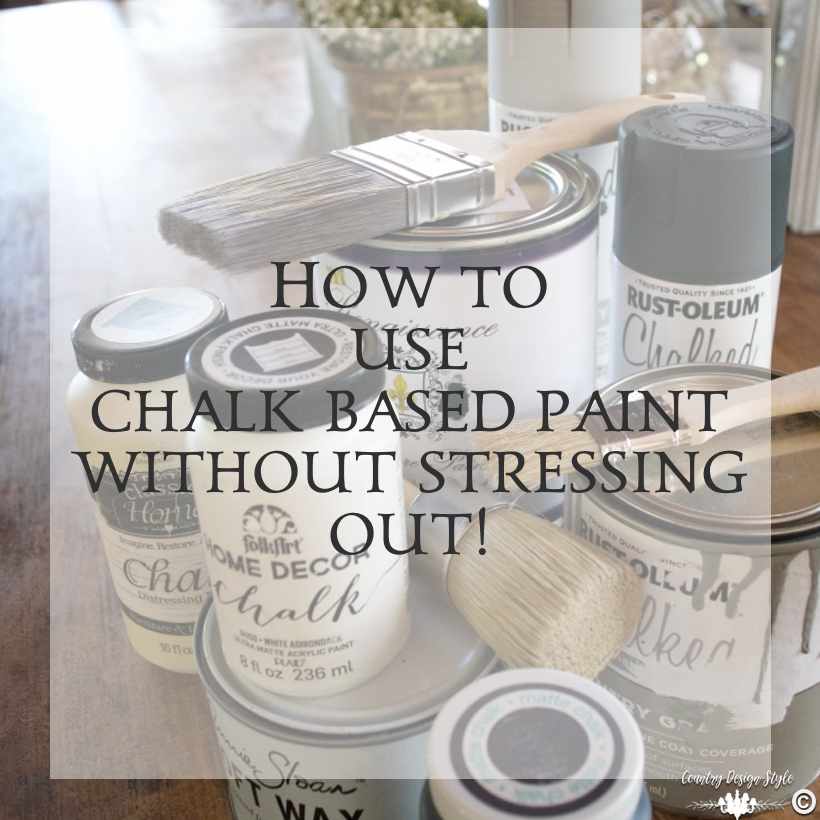
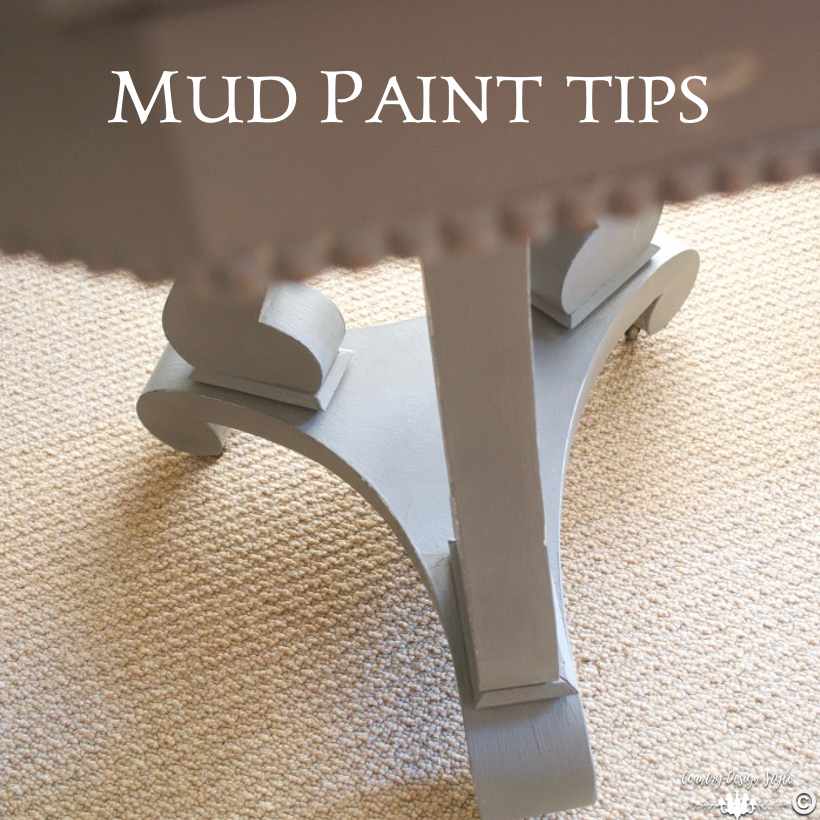
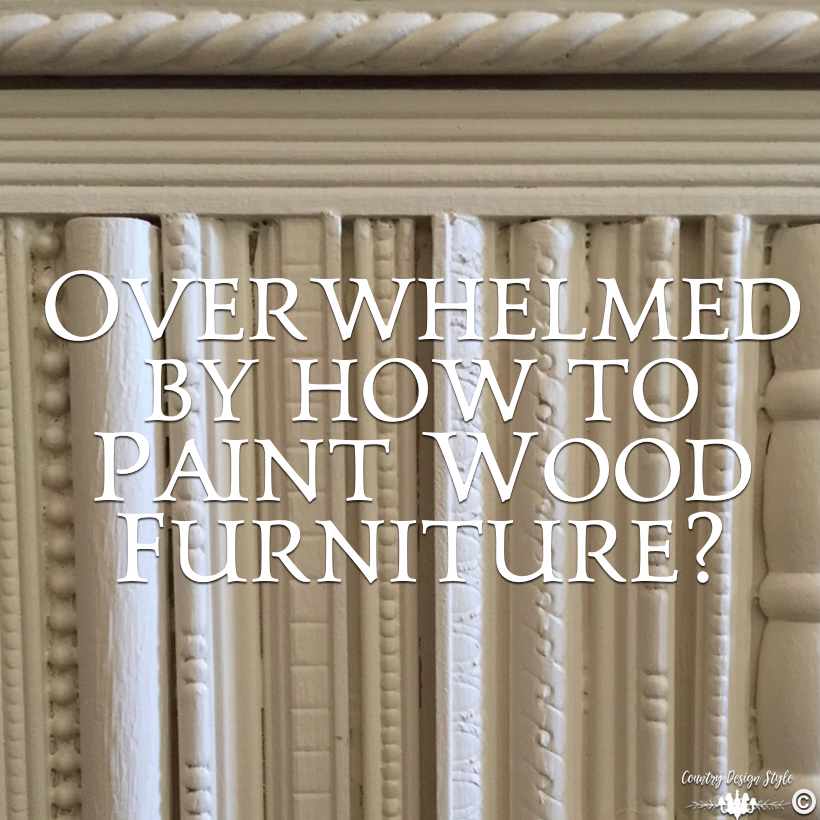
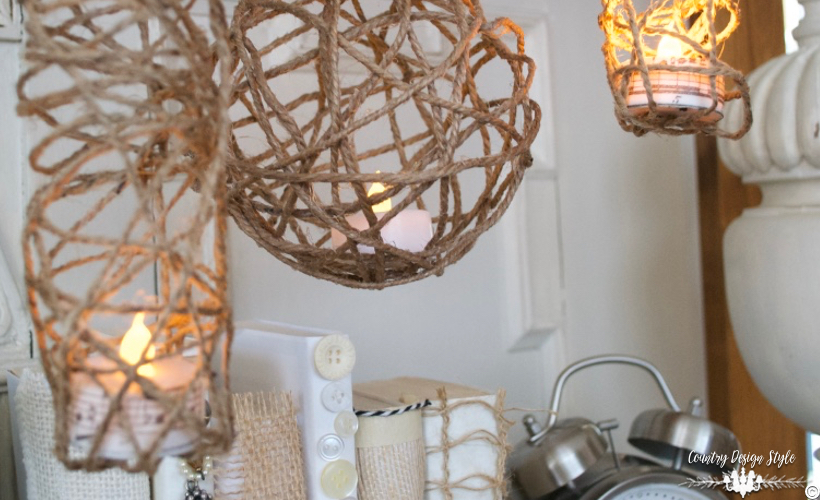

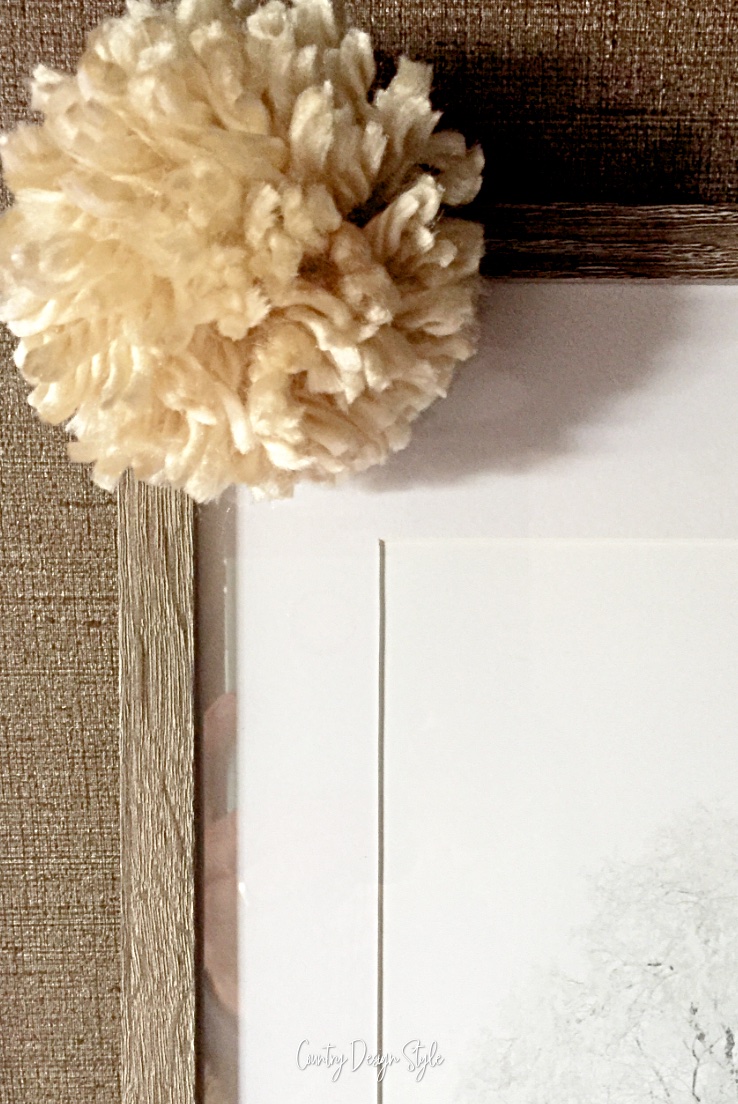
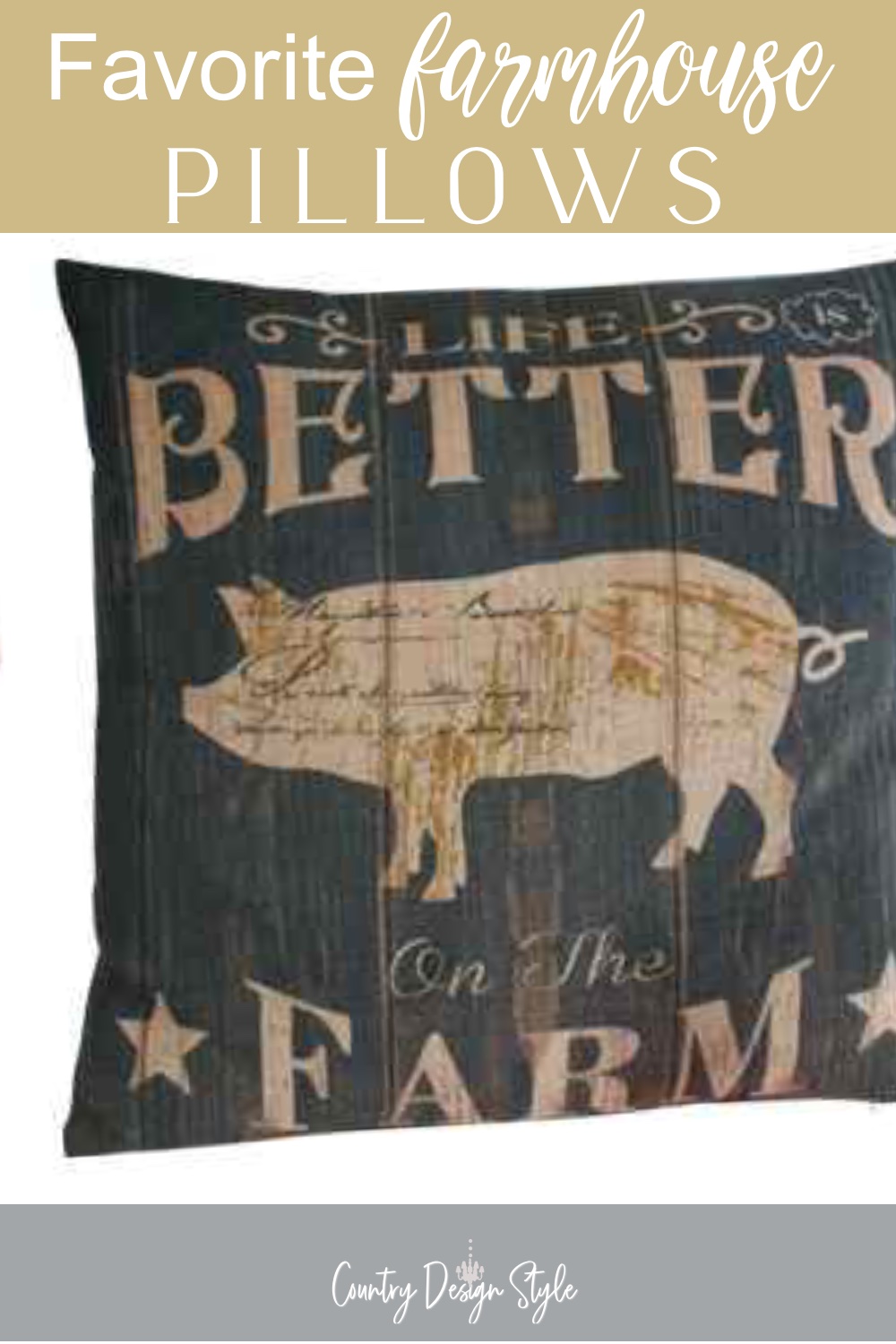
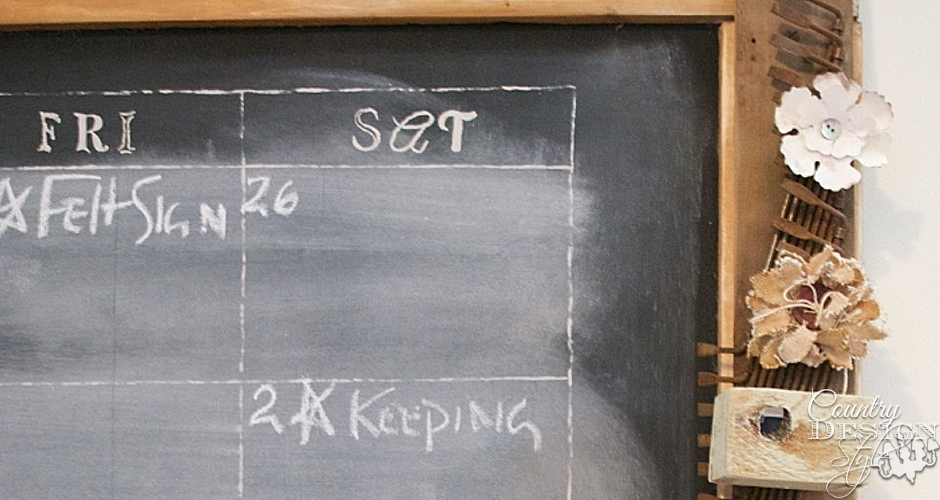
Hi there,
I have just come across your page and love it so thank you! I was wondering if you could help me with something? I have painted a dresser that i love in some wall emulsion paint (crazy i know!!) and had already applied an antique wax to it to deepen the colour. However, unsurprisingly i am finding the the surface scratches very easily and isn’t very durable and i was wondering if there is any chance that adding a poly now would increase the durability of the piece. I am guessing not as firstly i have not used furniture paint (my impatient self not wanting to wait for delivery and already having the wall paint at home!) and secondly i have already applied a wax however i would really like to know your thoughts.
Thanks so much,
Octavia
Hi, Octavia. Thank you for your kind words. Now for help with your dresser. Wall paint is perfect for furniture. Before chalk-based paints became popular, wall paint was what most people used to paint furniture. My thought is the surface of the dresser needed sanding before applying paint. The paint isn’t sticking. Unfortunately, applying poly will not help. It might seal the surface for a short time, but with the paint not sticking, it will still scratch. To fix the dresser, first, remove the paint and wax. I suggest removing with a sander and removing down enough to give a rough surface on the dresser. Next, clean the surface with a damp cloth to removed dust. Let dry. Then paint and add your wax. I’ve painted hundreds of furniture pieces with wall paint and still do often. Please let me know if you have any other questions. I want to help.
please add me to your email list